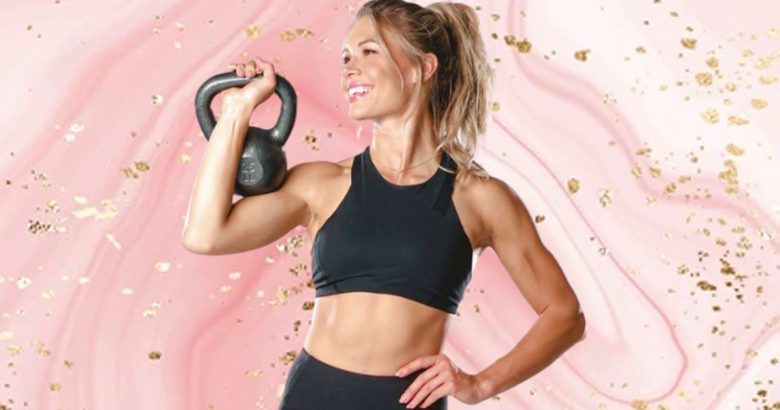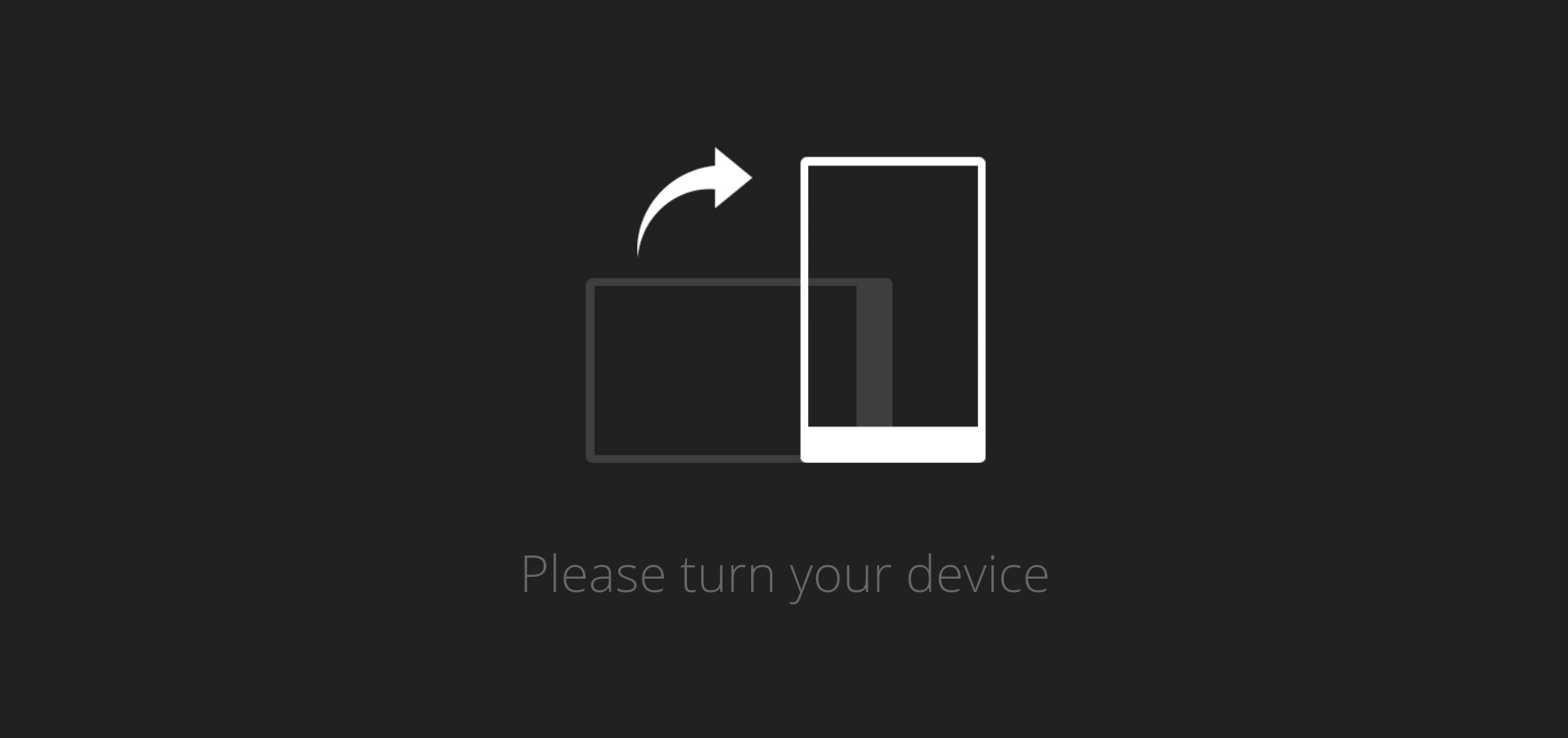
Is “Wellness” Just Diet Culture Rebranded?
A friend recently told me she had cut out all vegetables and was now surviving exclusively off smoothies and lean meats. Interestingly, she didn’t describe her new eating regime as some crazy crash diet. Instead, she explained she was on a wellness journey.
Most dieticians would argue that a healthy, balanced diet teamed with regular exercise is the best way to live, so how exactly did we get here?
Diet Culture Has Shifted
In the past — especially for women — healthy equalled skinny and often came with a large dose of deprivation on the side. However, ‘diet culture’ has become increasingly uncool over the last 10 years.
These days, celebrities are less inclined to share their diet ‘secrets’. Remember when Adriana Lima admitted in 2011 that she didn’t eat solid food for nine days before a Victoria’s Secret show? Now anyone with a public profile claims they simply follow a balanced diet and exercise regularly. Even Weight Watchers rebranded to WW in 2018, signalling that weight is out and wellness is in.
However, rebranding does not equate to change. We see influencers endorse particular eating regimes, under the guise of “wellness”, but most still seem to include age-old, strict dieting goals – thinner, perfect bodies, that are often obtained by deprivation.
It may be true that the ‘90s trend of underweight women being heralded as having the perfect body has somewhat disappeared. Sure, society hasn’t become body positive or even body neutral, but the fact that plus-size model Ashely Graham is gracing the cover of Vogue does suggest there has been progress.
But the reality is that women are still striving, or being encouraged to strive, to be thinner or fitter, to be something that they may never be able to be – to achieve a body that may be unachievable. They may no longer be told to diet to be skinny, but rather to be healthy and to achieve wellness at pretty much any cost. The messaging has changed but the results are, arguably, equally as damaging.
The Rise Of The Wellness Influencer
In 2021, celebrities endorsing radical diets are met with outrage, but diet culture hasn’t vanished. Earlier this year, former Bachelorette Elly Miles labelled some fruits and vegetables as ‘toxic’ in an Instagram story and was met with an outcry of anger.
Lizzo received online backlash when she posted about her juice cleanse and she then had to issue a public statement to explain and justify her choice. Perhaps we should be grateful that diets or symptoms of dieting are no longer met with universal approval but it’s important to note the pressures are still there – even for body positive icons like Lizzo.
“The ‘dark side of wellness’ is hype around products and practices that have no science behind them. Banking on wellness in its true form, many marketers, businesses and influencers alike are taking it too far – whatever it takes to sell a product or a service. One example is ‘detox’ programs and supplements,” Dietitian Liz Guilar told Punkee.
“Healthy humans are naturally equipped with the kidneys and liver that are eliminating waste and toxins daily. If this is not working within your body, you need a doctor, and fast – not a juice cleanse.”
So, how do brands and companies still sell to women unrealistic eating plans if dieting is no longer a thing? These days influencers have basically replaced magazines and, honestly, if Zoe Foster Blake told me doing a juice clean would give me her glowy skin, I’d consider it. They are selling us the dream to look like them, even if the ‘them’ we see is Photoshopped.
While diet influencers exist, it’s the wellness ones that seem to be gaining the most followers and building the most interactive communities, because well, who doesn’t want to be well?
Former US Bachelor contestant Krystal Nielson’s Instagram bio describes her interests as: “Lifestyle Fitness, Wellness, Family.” She does not list ‘diet’. Still, Nielson uses her social media to share food and exercise tips with her loyal 600k followers, for better or worse. Last year, she wrongfully claimed processed foods create inflammation, and continually posts before and after photos of her body and workouts.
Nielson regularly posts about what she defines as ‘healthy eating’, including sponsored food replacement shakes. The wording is different to traditional dieting — there’s no mention of calories or kilos — but the results are the same, and the women commenting seem to be applauding her on her physical appearance, not her internal progress.
View this post on Instagram
This type of influencer is remarkably common – and Australia is also full of wellness queens and fitness gurus promising us a better-balanced life by promoting various products, exercise routines, meal plans, and general advice on their Instagram accounts. From Sarahs_Day to former Bachelorette Ali Oetjen, wellness influencers are assumedly sharing content because they believe it will help other women or it has become their business, but that doesn’t mean it doesn’t create damage even if it is unintentional.
View this post on Instagram
Senior Consultant and Psychologist, Kim Singline, who helps women affected by the pressures of social media said: “Wellness culture is just diet culture in activewear. The influencers and wellness ambassadors who represent wellness culture tend to have unrealistic and unattainable standards of beauty.
Furthermore, the wellness industry is largely made up of thin, white, able-bodied women and is steeped in privilege. It is made up of people who are generally trying to peddle an eating program, recipe book, or some other product with the implication that if women buy it, they will look more like the person selling it.
It may be packaged as ‘clean eating’ or ‘self-care’ or ‘wellbeing’, but it’s still built on the premise that as women, we are in need of improvement to be ‘enough’. I have many clients — particularly teenagers and young women — who are highly impacted by social media and wellness influencers, and put a lot of pressure on themselves to ‘flourish’ or ‘thrive’. This can result in disordered eating, anxiety, depression, and other issues. It is a big issue and one that needs to be talked about.”
Are Dieting And Wellness The Same Thing?
You only have to look at the king of wellness, Pete Evans, to understand how wellness and dieting overlap. While Evans has been semi-cancelled thanks to his controversial COVID beliefs, it wasn’t that long ago that he was a judge on My Kitchen Rules and appearing on the cover of magazines and pretty much every morning show imaginable to spout on about the Paleo diet. Evans called it, “a way of life”… although what is life without potatoes?
Evans even opened up his own wellness centre off the back of his caveman style diet and television career. He also faced continual criticism for offering up medically unverified advice, claiming Paleo could cure diseases and suggesting bone broth would be suitable for newborns.
All of this wellness information gets really confusing, mainly because influencers define wellness differently depending on what they believe, are selling, or offering. For some, it’s all about high protein diets, for others, they just eat saturated fats.
This doesn’t start and end with influencers though, I’m sure your barista would define wellness differently to say, your coworker. It’s pretty much the same confusion our mothers faced. Should they invest in the Liver Cleansing Diet or the Atkins diet? Should they eat no meat, or no fat, or no carbs? Can you actually live on soup or grapefruit?
Wellness culture is a slightly more advanced version of diet culture. It may have moved away from a focus on calories and kilos, but ultimately all the same problems arise. Somehow women are still not quite good enough, or thin enough, or fit enough, and so we need to become better.
Wellness has become yet another method of torture for ordinary women – another expectation and impossible standard to live up to.
